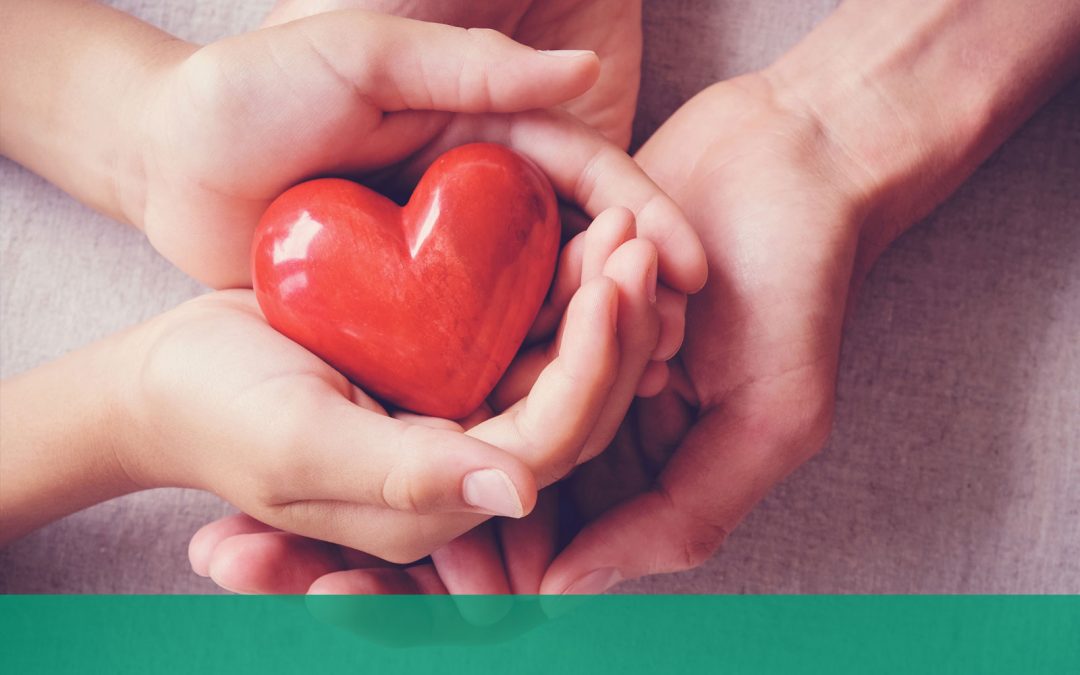For millennia humanity has looked upon the heart as the seat of emotion, the wellspring of love, and the furnace where the fire of passion is kindled. Western scientific advancement burst that sentimental bubble by dissecting the heart, revealing it to be a pump. As a pump, the heart is impressive. It sustains life by ensuring the transport of blood with its life-giving oxygen and nutrients to over roughly 100,000 miles of blood vessels. But, it still is just a pump. Apparently, all those whimsical notions of the heart were simply metaphorical. That is, until more recently, with continued research, evidence has emerged suggesting that those age-old romantic notions of the heart may possess some truth after all.
Consider the field of neurocardiology. This specialty not only studies the association between the central nervous system and the heart, but has also proposed that the heart has a mind of its own. Neurons are the cells that enable us to think and feel and the heart has its own sophisticated network of these cells. The presence of these neurons alone, may not make the heart a thinking, feeling organ; but some researchers view the heart as its own organized, information-processing center that communicates with and influences the brain, among other parts of the body. In fact, the heart sends more messages to the brain than the other way around.
Another quality of the heart that enlarges its role as more than a pump is its function as a hormonal organ. The hormone oxytocin has long been associated with labor and delivery, breastfeeding, and human bonding. It is known to be secreted by a specific gland of the brain in response to hugging, cuddling, kissing, sexual intimacy, and being in love. Even dogs get an oxytocin surge when their belly is rubbed. Interestingly, a study with chimpanzees revealed heightened oxytocin levels in response to sharing a meal.1 Positive interaction between humans, or between humans and animals, has also been connected with increased oxytocin.2 More specifically, selflessness, acts of kindness, and forgiveness elicit this hug hormone, which has been associated with a sense of well-being and pain and stress reduction. We now know that the heart itself also produces hormones, one of which is oxytocin.3
The heart’s production of the love hormone also benefits the heart itself. Heart-derived oxytocin appears to be protective and regenerative, improving heart function and reducing inflammation. An intriguing relationship appears to exist between the heart and oxytocin.
Atherosclerosis and disorders of the blood vessels can suppress oxytocin communication in the cardiovascular system. Yet, oxytocin has been observed to prevent and even reverse harmful atherosclerotic changes. Oxytocin promotes healing from heart injury and cardiovascular events, such as stroke. One of the ways it has been observed to do this is by supporting the birth of new heart cells needed to repair, restore, or fortify damaged cardiac tissue.4
Blood pressure can also be improved by oxytocin. A study conducted with 59 premenopausal women observed oxytocin levels and blood pressure in relation to physical touch with their husbands/partners. Both lower blood pressure and higher oxytocin levels were associated with frequent hugging.5
I do not know if the heart’s neural network or its secretion of oxytocin provides evidence of the heart being a seat of emotion and bonding or not. However, I do think we have a lot to learn, especially from Scripture’s use of the word:
“For as he thinketh in his heart, so is he.” Proverbs 23:7
“Keep your heart with all diligence for out of it are the issues of life.” Proverbs 4:23
“A merry heart does good like a medicine.” Proverbs 17:22
“He shall give you the desires of your heart.” Psalm 37:4
“For out of the heart proceed evil thoughts.” Matthew 15:19
“The love of God is shed abroad in our hearts.” Romans 5:5
Whether you understand the heart in these verses to be a function of the brain or of your beating muscular pump, they do reinstate the heart at the center of who we are, how we think, what we feel, our relationship with God, and the experience of love. Sometimes science has to catch up with the heart… and with Scripture.
After walking and talking with Jesus after His resurrection, two men described the experience by saying to each other, “Did not our heart burn within us?” Luke 24:32. Now we know! They were experiencing an oxytocin rush.
1. Wittig, R. M., Crockford, C., Deschner, T., Langergraber, K. E., Ziegler, T. E., & Zuberbühler, K. (2014). Food sharing is linked to urinary oxytocin levels and bonding in related and unrelated wild chimpanzees. Proceedings. Biological sciences, 281(1778), 20133096. https://www.ncbi.nlm.nih.gov/pmc/articles/PMC3906952/
2. Dal Lin, C., Tona, F., & Osto, E. (2018). The Heart as a Psychoneuroendocrine and Immunoregulatory Organ. Advances in experimental medicine and biology, 1065, 225–239.
3. Alshami A. M. (2019). Pain: Is It All in the Brain or the Heart?. Current pain and headache reports, 23(12), 88.
4. Jankowski, M., Gonzalez-Reyes, A., Noiseux, N., & Gutkowska, J. (2012). Oxytocin in the heart regeneration. Recent patents on cardiovascular drug discovery, 7(2), 81–87.
5. Light, K. C., Grewen, K. M., & Amico, J. A. (2005). More frequent partner hugs and higher oxytocin levels are linked to lower blood pressure and heart rate in premenopausal women. Biological psychology, 69(1), 5–21.
Paloyelis, Y., Krahé, C., Maltezos, S., Williams, S. C., Howard, M. A., & Fotopoulou, A. (2016). The Analgesic Effect of Oxytocin in Humans: A Double-Blind, Placebo-Controlled Cross-Over Study Using Laser-Evoked Potentials. Journal of neuroendocrinology, 28(4), 10.1111/jne.12347.


